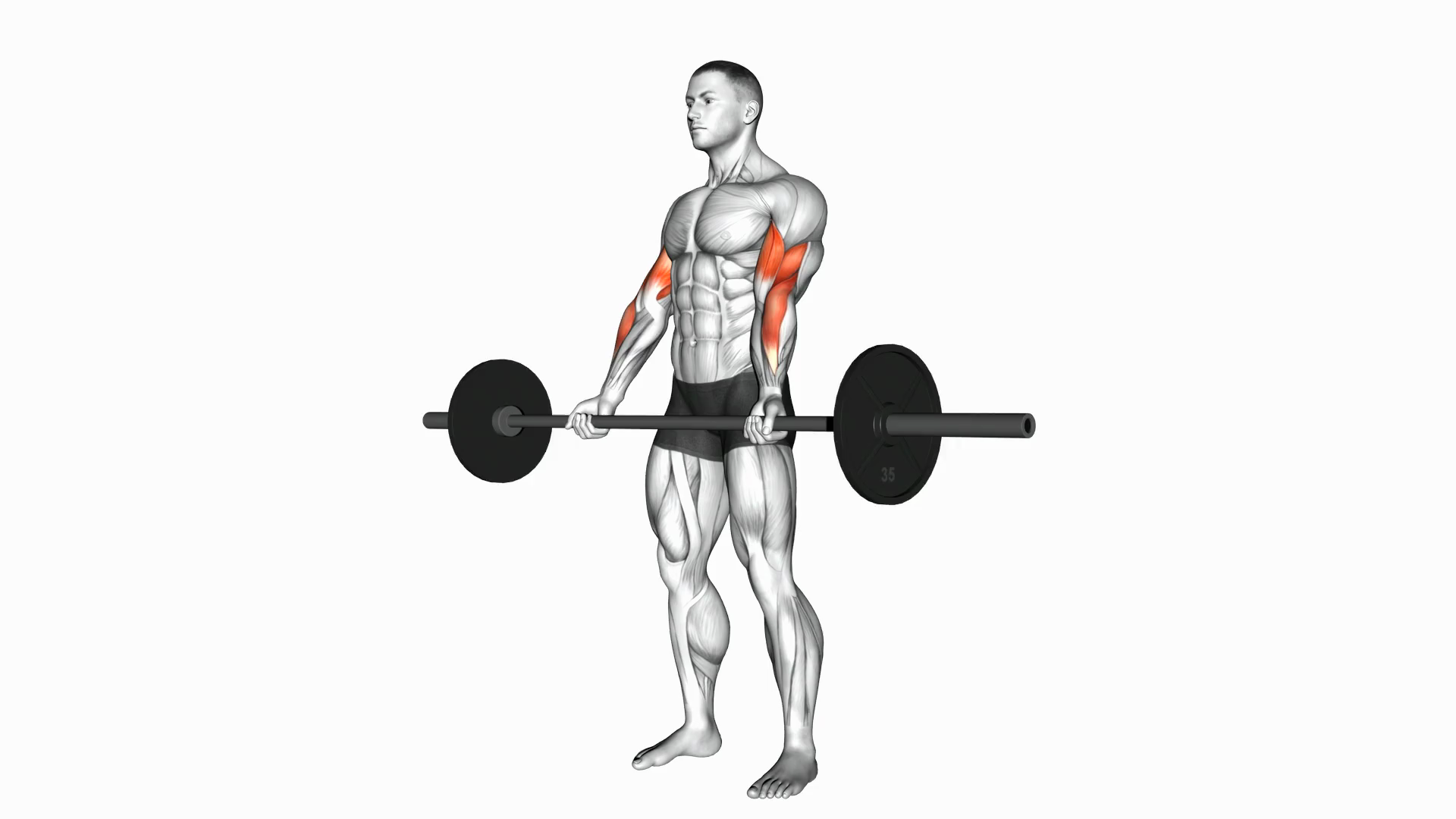The Ultimate Guide to the Barbell Curl

The barbell curl is a classic exercise that needs no introduction. It is a cornerstone of any effective strength training regimen, targeting the biceps, brachialis, and brachioradialis. If you're looking to boost your core strength, improve your mobility, or enhance your overall performance, the barbell curl is an essential move to incorporate into your workout routine.
In this comprehensive guide, you'll learn:
- What the barbell curl is and who it benefits.
- The anatomy and muscles worked by the barbell curl.
- The key benefits of performing barbell curls.
- A step-by-step guide on how to perform the barbell curl.
- Pro tips for better results and common mistakes to avoid.
- Programming strategies for core strength, hypertrophy, and rehab & stability.
- Variations and progressions of the barbell curl.
- When to use the barbell curl in your exercise routine.
🔍 What Is the Barbell Curl?
The barbell curl is a weight training exercise that primarily targets the bicep muscles. It's performed using a barbell (although other types of weights can also be used) and involves lifting the weight up to your chest by bending your elbows and then lowering it back down. This exercise is beneficial for anyone looking to build arm strength and size, improve grip strength, or enhance their athletic performance.
🧠 Anatomy and Muscles Worked
Primary Movers
- Biceps Brachii: The biceps brachii muscle is responsible for flexing the elbow and supinating the forearm, both of which are primary movements in a barbell curl.
Secondary/Supporting
- Brachialis: Located beneath the biceps, the brachialis aids in elbow flexion during the curl.
- Brachioradialis: This muscle supports the motion by helping to flex the elbow, especially as the forearm approaches the vertical position.
✅ Benefits of the Barbell Curl
- Strength and Hypertrophy: The barbell curl is particularly effective at promoting muscle growth and strength in the upper arms.
- Improved Grip Strength: Regularly performing barbell curls can significantly improve your grip strength, which can enhance performance in other exercises and sports.
- Better Athletic Performance: Strong biceps can enhance performance in sports that require upper body strength, such as basketball, baseball, and rock climbing.
- Muscle Balance: Barbell curls help ensure balance and symmetry between your biceps and triceps, promoting overall upper body stability.
🛠️ How to Perform the Barbell Curl (Step-by-Step)
Setup:
Setup:
- Stand up straight with a barbell in your hands at arm's length. Your grip should be shoulder-width apart, palms facing forward.
Execution:
- Without moving your upper arms, exhale and curl the weights while contracting your biceps.
- Continue to raise the weight until your biceps are fully contracted and the bar is at shoulder level.
- Inhale and slowly begin to return the bar to the starting position.
- Repeat for the recommended number of repetitions.
🧠 Pro Tips for Better Results
- Controlled Movements: Avoid using your back or shoulders to lift the weight; your arms should do the work.
- Full Range of Motion: Lower the weight all the way down in each rep to fully elongate the biceps muscle.
- Mind-Muscle Connection: Concentrate on your biceps while lifting to maximize muscle activation.
- Proper Breathing: Inhale as you lower the weight and exhale as you lift.
❌ Common Mistakes to Avoid
| Mistake | Why It’s Bad |
|---|---|
| Using Momentum | Using momentum to lift the weight can lead to injury and lessens the work your biceps are doing. |
| Incomplete Range of Motion | Not fully extending or curling the arm decreases the effectiveness of the exercise. |
| Too Much Weight | Lifting too much can compromise form and lead to injury. |
🧬 Programming Strategies
Core Strength
Sets: 4-6 Reps: 5-8 Rest: 2-3 minutes Resistance: Moderate to heavy
Hypertrophy
Sets: 3-4 Reps: 8-12 Rest: 1-2 minutes Resistance: Moderate
Rehab & Stability
Sets: 2-3 Reps: 12-15 Rest: 1-2 minutes Resistance: Light to moderate
🔁 Variations and Progressions
| Variation | Purpose |
|---|---|
| Dumbbell Curl | Can help isolate and target each arm individually. |
| Hammer Curl | Targets the brachialis and brachioradialis more than the standard curl. |
| Preacher Curl | Helps to keep the movement strict and focuses on the bicep peak. |
🧱 When to Use the Barbell Curl
- As a standalone workout for arm strength and size.
- As part of an upper-body strength training routine.
- To enhance athletic performance in sports that require strong arms.
- To improve grip strength for exercises like deadlifts and pull-ups.
- For rehab and stability following an arm or elbow injury.
- For maintaining muscle balance and symmetry in the upper body.
Remember, the barbell curl is more than just an arm exercise. It's an integral part of any holistic strength training regimen. By incorporating this exercise into your routine, you're not just building stronger biceps – you're enhancing your overall athletic performance, promoting stability, and contributing to a well-rounded physique. So grab that barbell, focus on your form, and let's get curling!